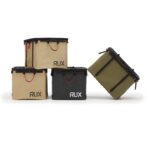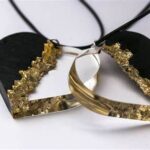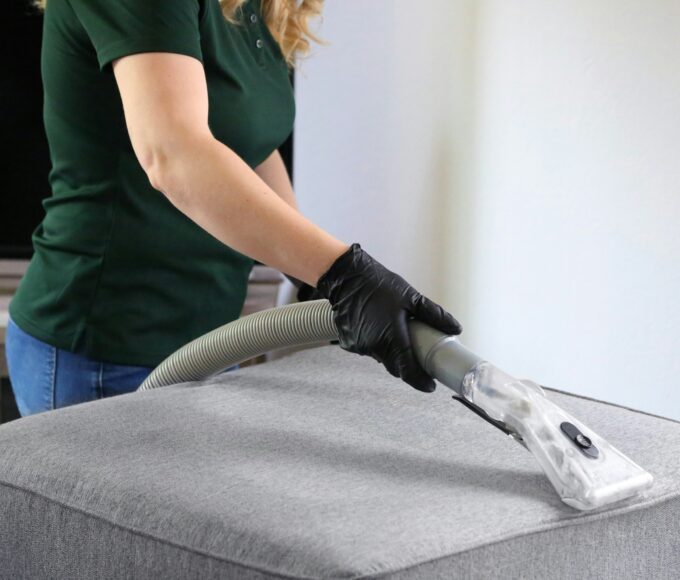Selecting the ideal boat mooring anchor may be quite difficult. How can you choose the best choice for your vessel when there are so many to choose from? Knowing the basics of anchoring is essential to maintaining the security and safety of your boat, regardless of your level of experience.
Consider this: On this lovely day, with the sun shining brilliantly above, you have set sail. You are excited to unwind after dropping anchor in a charming cove. But then it happens—your anchor fails to hold, and your boat wanders away! With the right mooring anchor knowledge, this situation may be avoided.
We’ll look at many kinds of boat mooring anchors in this article, each designed to meet a distinct purpose. We’ll go over important considerations for your decision and provide advice on how to place and secure your anchor like an expert. Furthermore, we won’t neglect the upkeep and safety measures that all boaters need to remember. So put on your life jacket and let’s explore anchoring!
Various Boat Mooring Anchor Types
Variety is key when it comes to boat mooring anchor. Every variety has a distinct function and performs best under certain circumstances.
Because of its exceptional holding strength in sand or mud and its lightweight construction, the fluke anchor is often used. It is perfect for calm seas since its sharp arms pierce the seafloor.
The plough anchor is ideal for rough terrain. It can turn and burrow deep amid stones because of its bent nature. Even amid turbulent waters, its constancy offers security.
The mushroom anchor is ideal for soft bases like clay or silt. Although it may settle securely due to its large surface area, it needs more weight than others to guarantee a good grip.
We must not overlook grapnel anchors. Smaller boats and kayaks often employ them; they are excellent for snagging onto submerged objects, but they may not be reliable in strong currents. Considering your boating surroundings, make an informed choice!

Considerations for Selecting an Anchor
There is more to selecting the ideal anchor than simply one that looks decent. The kind of seafloor where you want to moor must be taken into account. For the best holding force, a particular kind of anchor is needed for sand, mud, rock, or grass.
Next is the weight and dimensions of your boat. To maintain stability in a variety of circumstances, a bigger vessel requires a heavier anchor. Additionally, keep in mind that wind and current may have a big impact on how effectively your anchor works.
Anchoring style is another crucial element. Will you be staying there for an extended period of time or just temporarily? Make sure your anchor is appropriate for the reason you have in mind, since various anchors have varied functions.
Consider deployment and retrieval simplicity as well. An efficient design will save you time on the water by making anchor placement and hauling up simple.

Advice on Setting and Fastening Your Anchor Correctly
Proper anchor setting is essential for a worry-free sailing day. Select a good spot first, away from barriers and strong currents. Prior to lowering anchor, always keep an eye on the direction of the wind.
When the anchor is ready to be set, carefully drop it while gently reversing your boat. This makes it more likely to successfully bury itself on the ocean floor. Put some stress on the line to see whether it’s holding after you’ve released enough scope, which is usually five to seven times the depth of the water.
Once you’re safe, use visible markers or a GPS to indicate your location. In this manner, you may quickly come back if necessary.
Check your anchoring equipment for wear and tear on a regular basis. Replace any broken components right once since frayed ropes or rusty chains might fail at crucial times.
















